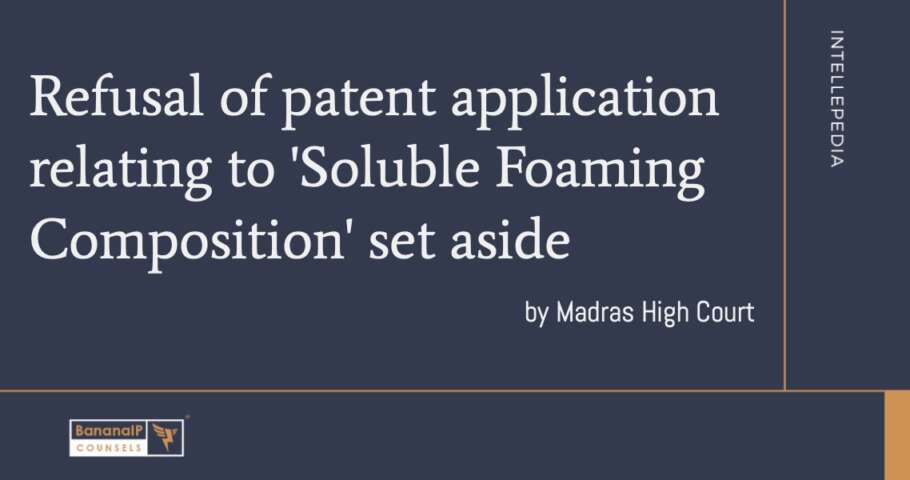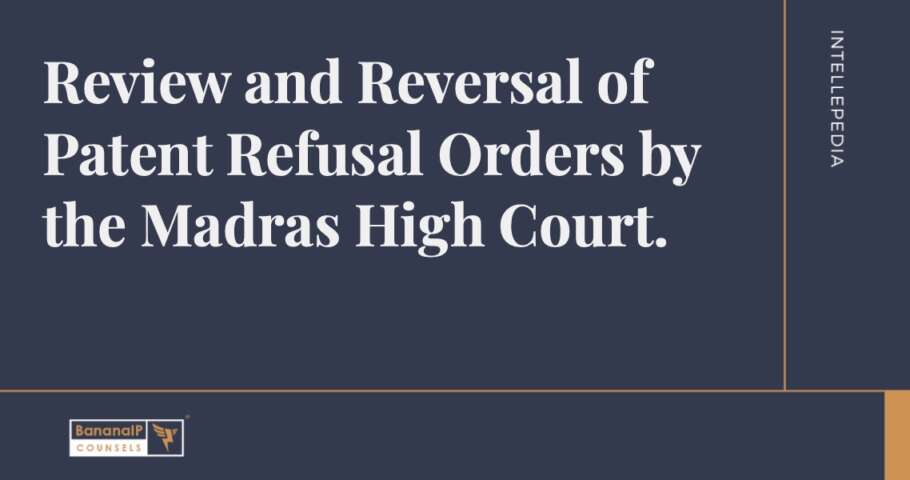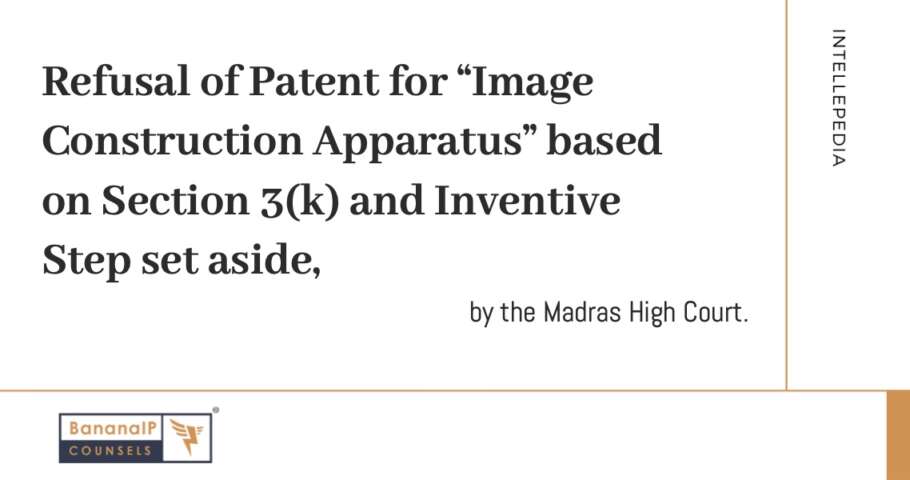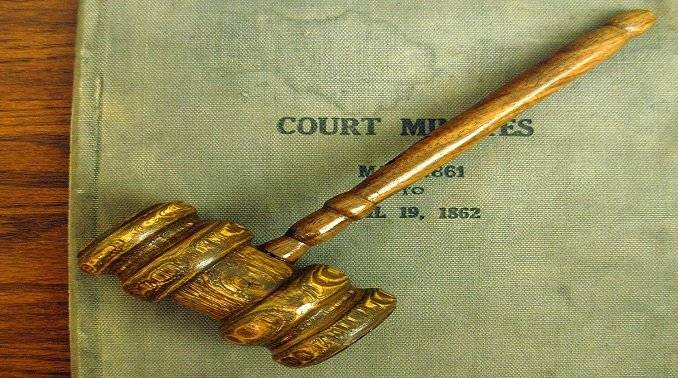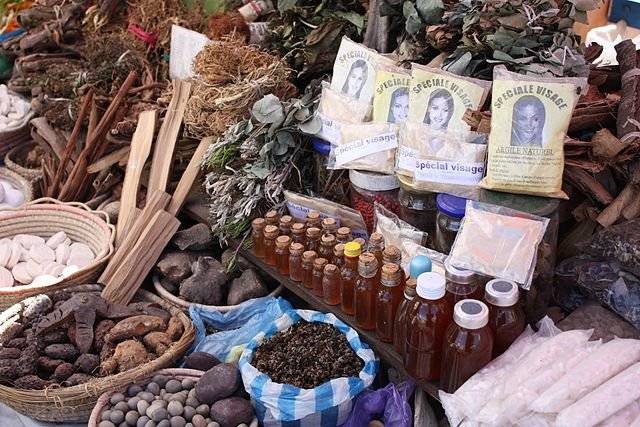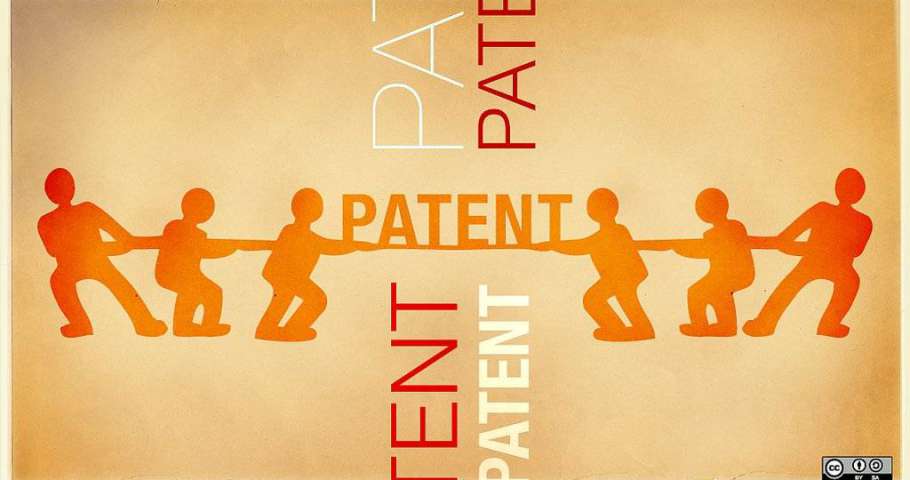Protein-free foaming innovation revived! Madras High Court overturns patent refusal due to Controller’s failure to address key arguments and consider crucial differences from prior art. This judgment highlights the importance of thorough analysis and considering applicant submissions in patent decisions. Continue Reading Refusal of patent application relating to ‘Soluble Foaming Composition’ set aside
